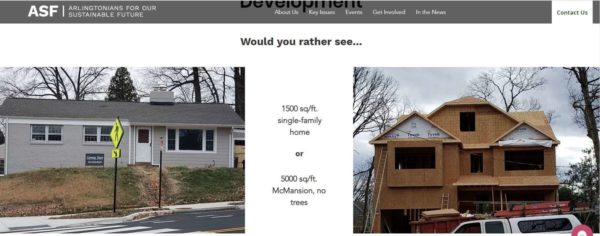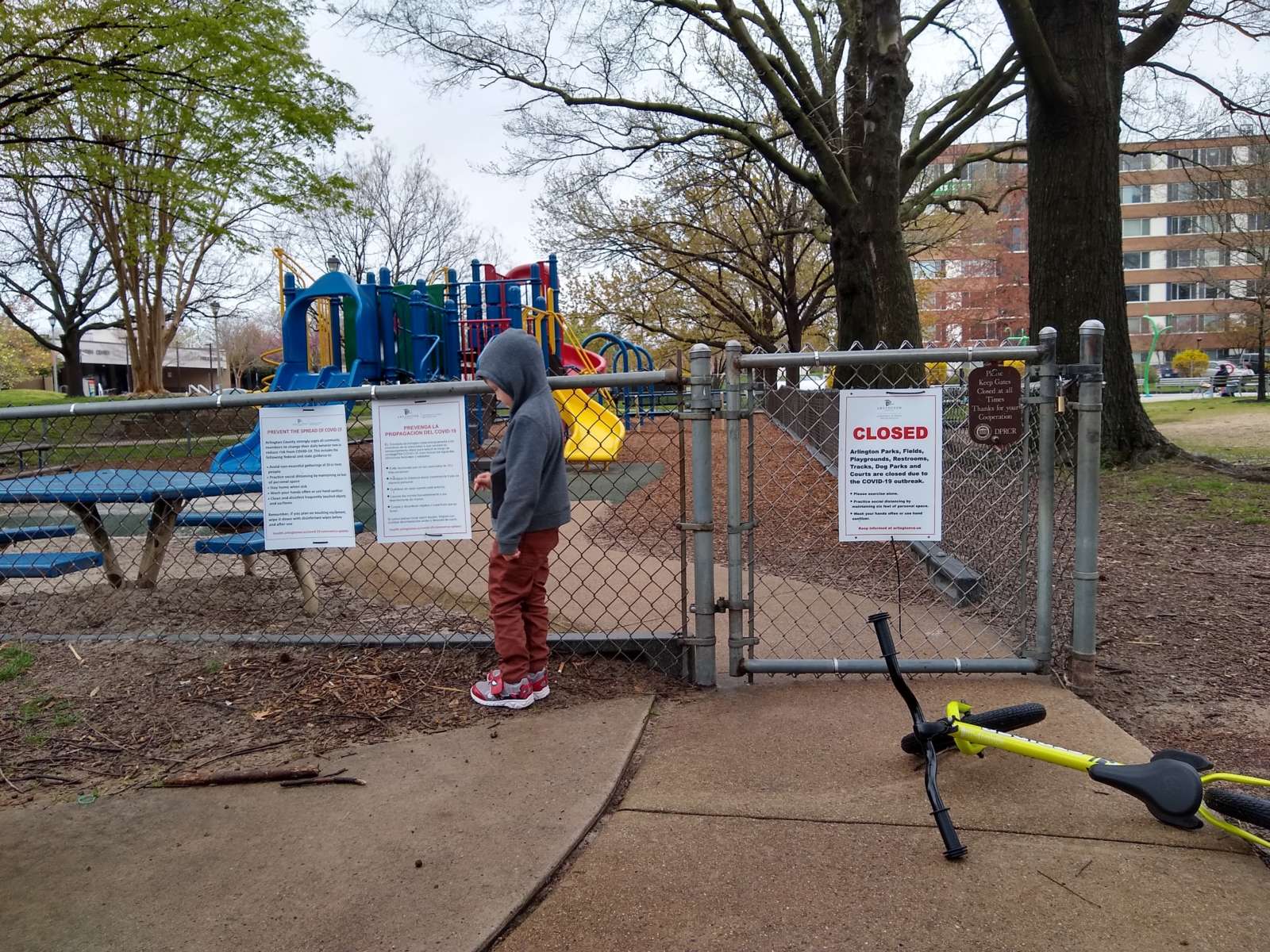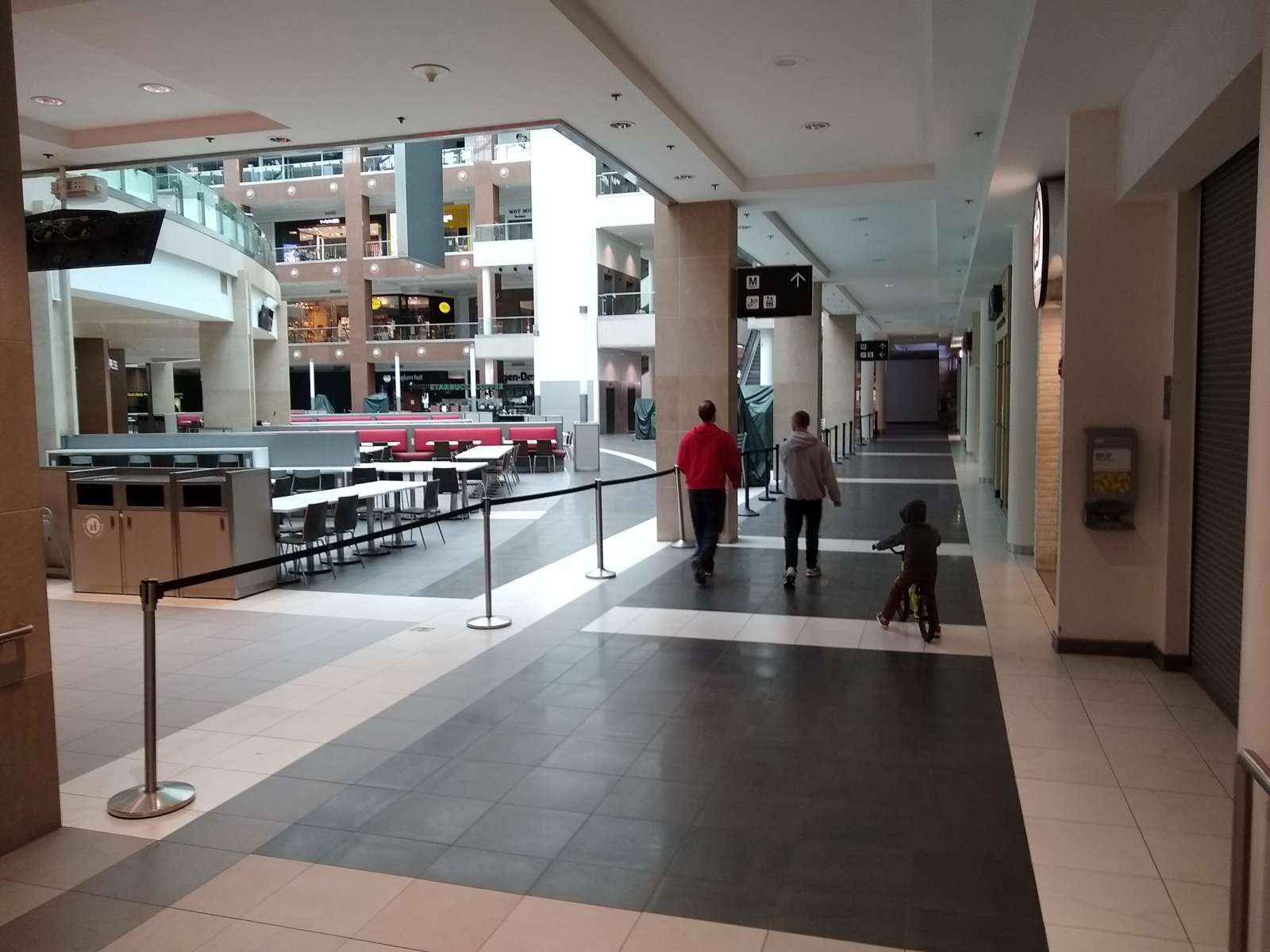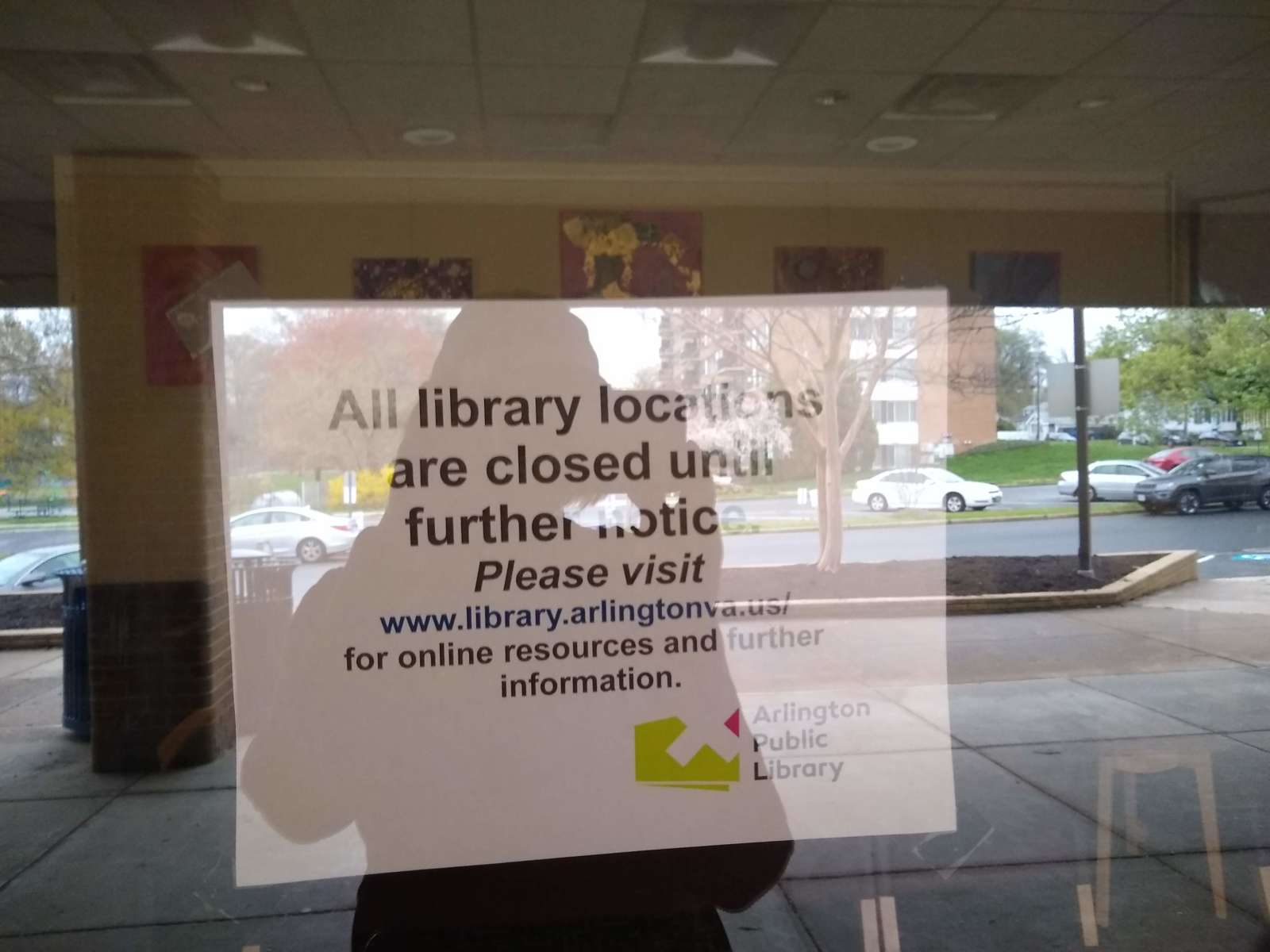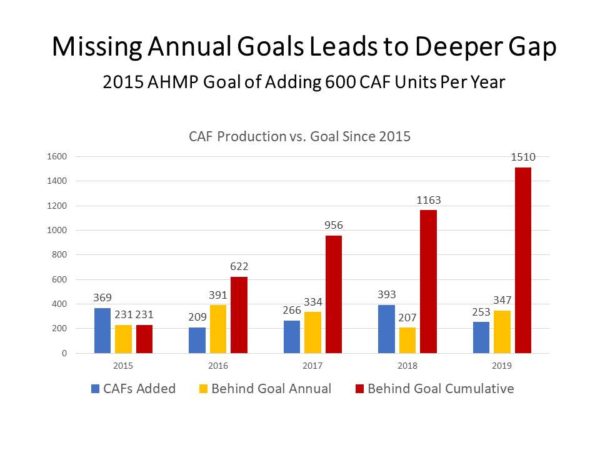 Making Room is a biweekly opinion column. The views expressed are solely the author’s.
Making Room is a biweekly opinion column. The views expressed are solely the author’s.
My column talks a lot about single-family vs. multi-family homes. But what counts as a family?
The rules that govern who can legally occupy Arlington’s housing have changed to reflect our understanding and acceptance of diverse types of families. But even with significant progress to make our definition of families more inclusive, we have further to go to support the different forms that households take the 21st century.
Arlington’s Zoning Ordinance sets limits on the number of families that can live on a particular lot — what we typically call single-family zoning or multi-family zoning. It also defines what constitutes a family. According to Arlington’s Zoning Ordinance, a family is “an individual, or two or more persons related by blood, marriage or adoption, or under approved foster care” or “a group of not more than four persons (including servants) whether or not related by blood or marriage living together and sharing living areas in a dwelling unit.” So if a group of people is related, they can live together as a family, no matter how people are in the household. But if the group is not related, Arlington limits the household size to four people.
The restrictions placed on families comprised of unrelated people are based on prejudiced assumptions about their character and their impact on the community. This regulation typically targets young people who seek to live together in a single home because presumably they would be dirtier and rowdier than a “traditional” family of two parents and 1.5 kids. It also discriminates again “functional families,” such as two single parents, not in a relationship with each other, cohabitating with their children to share costs and childcare.
Arlington is not alone is viewing households of unrelated people as a nuisance and incompatible with the “character” of a residential neighborhood. However, our country has a long history of restricting people viewed as a nuisance or as lacking character from living equally and openly in our communities.
Until 1968, when the Fair Housing Act was first enacted, it was legal to discriminate against Black Americans, Jewish Americans, or immigrants because you thought these residents would degrade the character of your neighborhood. Until 1974, you could decline to rent or sell your property to a single woman out of a moral concern for women living without a father or husband. Until 1988, you could keep a renter with a disability or a family with children out of your rental property because you thought accommodating them would be a nuisance. Until just this year, it was legal in Virginia to deny housing to a gay, lesbian, or transgender person, because you objected to their sexual orientation or gender identity.
These are all cases where a person or family was view as a nuisance or a detriment to the community’s character based on bigotry or prejudice. Spurred by civil rights movements, the law gradually rejected the basis for discrimination and recognized housing access as an essential component of equality.
The nuclear family is no longer the dominant family type (if it every was), and in the absence of extended family networks, many people look beyond traditional family relationships of blood and marriage to build their lives. Arlington County shouldn’t be in the business of determining which families or households are worthy of living in residential neighborhoods, and it shouldn’t prevent the diverse forms that families take from finding mutual support and affordable housing. As we evaluate the proper density for our neighborhoods, we should also expand our definition of family.
Jane Fiegen Green, an Arlington resident since 2015, proudly rents an apartment in Pentagon City with her family. By day, she is the Membership Director for Food and Water Watch and by night she tries to navigate the Arlington Way. Opinions here are her own.




